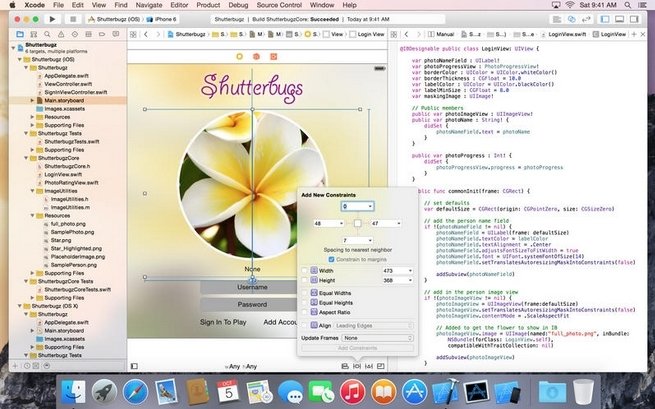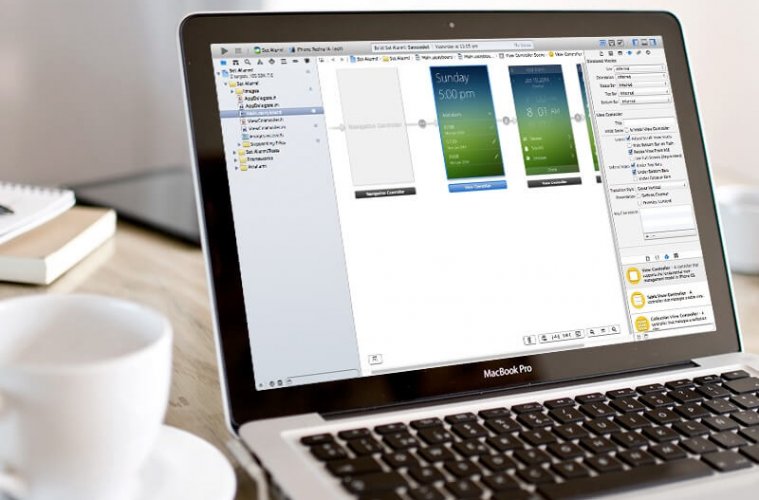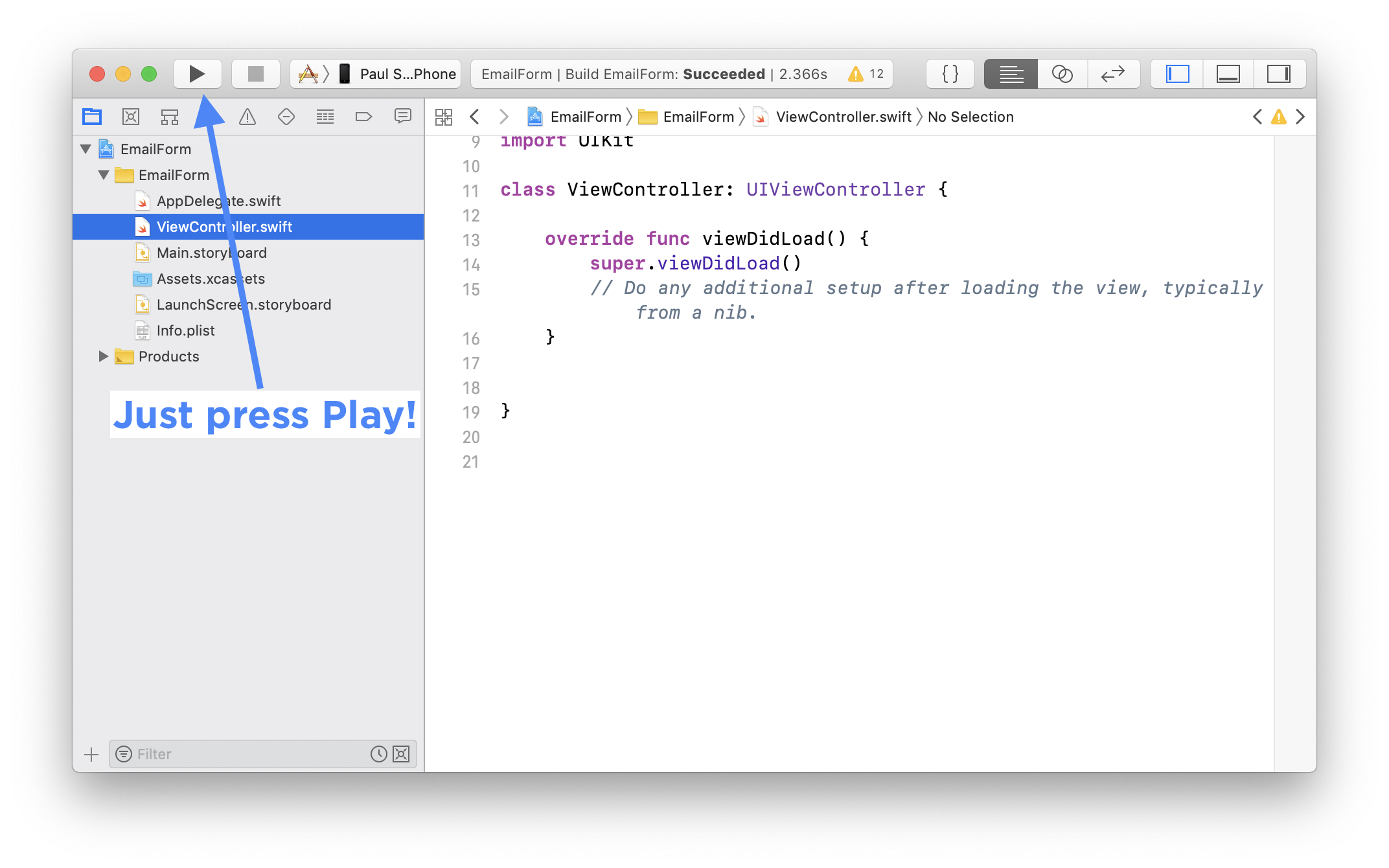
Xcode includes the GUI tool Instruments, which runs atop a dynamic tracing framework, DTrace, created by Sun Microsystems and released as part of OpenSolaris.

Using the iOS SDK, tvOS SDK, and watchOS SDK, Xcode can also be used to compile and debug applications for iOS, iPadOS, tvOS, and watchOS. These helped ease the transitions from 32-bit PowerPC to 64-bit PowerPC, from PowerPC to Intel x86, from 32-bit to 64-bit Intel, and most recently from Intel x86 to Apple silicon by allowing developers to distribute a single application to users and letting the operating system automatically choose the appropriate architecture at runtime. Xcode can build fat binary ( universal binary) files containing code for multiple architectures with the Mach-O executable format. Third parties have added support for GNU Pascal, Free Pascal, Ada, C#, Go, Perl, and D. Xcode supports source code for the programming languages: C, C++, Objective-C, Objective-C++, Java, AppleScript, Python, Ruby, ResEdit (Rez), and Swift, with a variety of programming models, including but not limited to Cocoa, Carbon, and Java.
#XCODE 10.3 SDK MAC OS X#
They can also be downloaded and installed without the GUI.īefore Xcode, Apple offered developers Project Builder and Interface Builder to develop Mac OS X applications. Xcode includes command-line tools which enable UNIX-style development via the Terminal app in macOS. Registered developers can also download preview releases and prior versions of the suite through the Apple Developer website. It was initially released in late 2003 the latest stable release is version 14.3.1, released on June 1, 2023, and is available free of charge via the Mac App Store and the Apple Developer website.
#XCODE 10.3 SDK SOFTWARE#
Xcode is Apple's integrated development environment (IDE) for macOS, used to develop software for macOS, iOS, iPadOS, watchOS, tvOS, and visionOS.

The web page giving step by step detailed instructions with pretty pictures is over here.IDE including tools for developing software for Apple platformsġ4.3.1 (14E300c) (June 1, 2023 3 months ago ( )) ġ5.0 beta 8 (15A5229m) (August 29, 2023 10 days ago ( )) I don't know if there's any way you can use xcode debugging tools with this setup, but at least the app will run. The app will appear on your iOS13 simulator.
#XCODE 10.3 SDK INSTALL#
Xcrun simctl install CE5F5768-FF1A-4A4B-8433-A3FCF49AD098 MyProject/ios/build/Release-iphonesimulator/MyApp.app

My app ends up in MyProject/ios/build/Release-iphonesimulator/MyApp.app I have a custom derived data path, which is simpler so we'll use that for example. It'll be in your derived data directory which by default is in a tortuous path in ~/Library. Then, close xcode11 (leaving the simulator running) and open xcode 10 and build your app for iPhone XR/iOS 12. If your app is already installed on the simulator, it's safest to delete it.

I found a web page describing this in detail but the gist of it is:įirst, open xcode11 and fire up an iOS13 simulator, say for iPhone XR. You can build with xcode 10 then manually install the package on the iOS13 simulator.


 0 kommentar(er)
0 kommentar(er)
